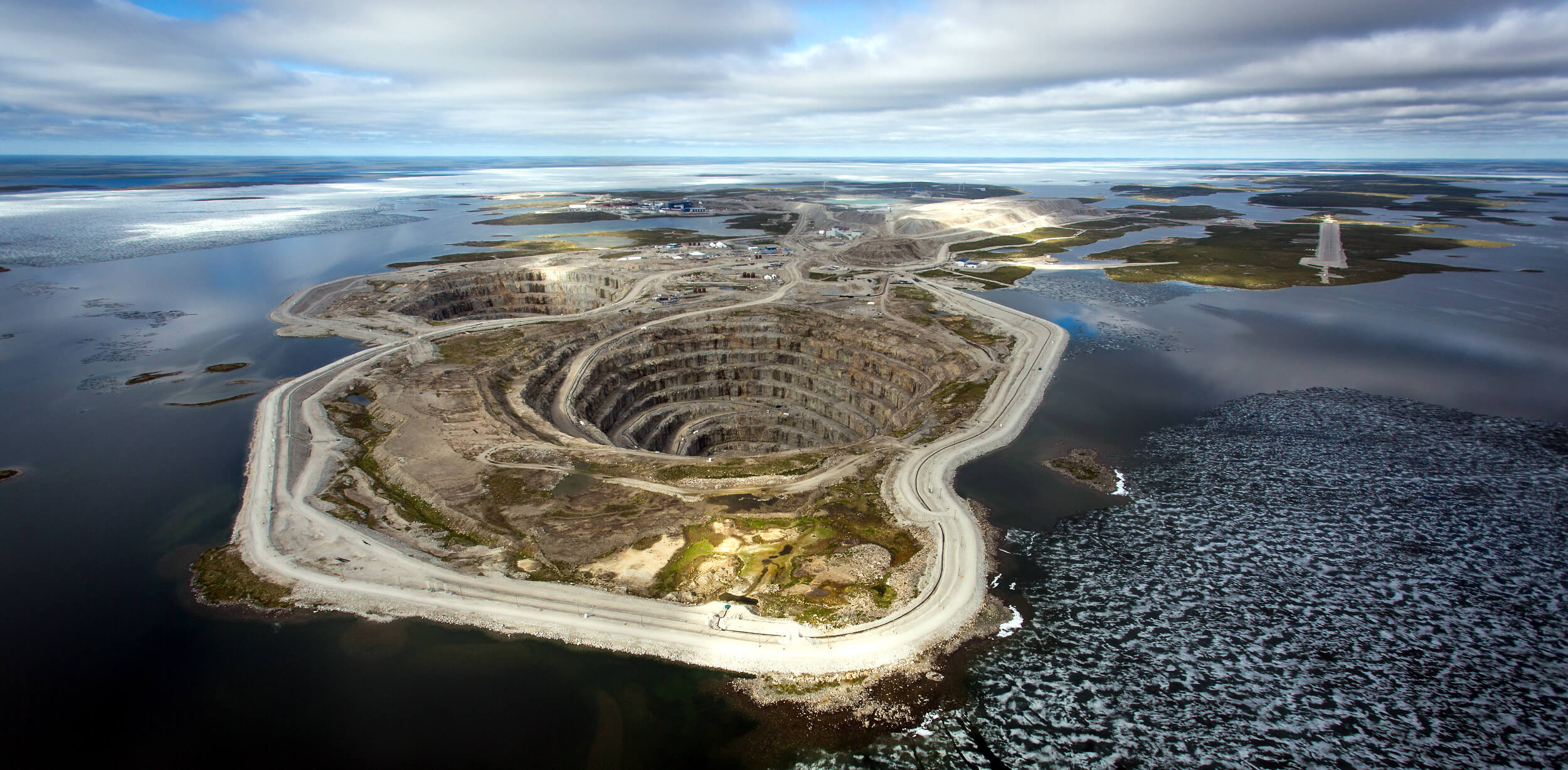In recent years, there has been a growing interest in sustainable alternatives to mined diamonds due to concerns about their environmental impact. This article explores the differences in environmental consequences between lab-grown diamonds and their traditionally mined counterparts.
Understanding the Environmental Impact of Mined Diamonds
Traditional diamond mining involves extensive excavation and extraction processes that can have severe ecological consequences. Large-scale mining operations disrupt ecosystems, contribute to soil erosion, and release harmful chemicals into the environment. These activities have a significant environmental impact, including land degradation and water pollution. Understanding the environmental implications of mined diamonds is crucial for evaluating sustainable alternatives.
What are Lab Grown Diamonds ?

Lab grown diamonds are created in controlled laboratory environments through technological processes that mimic the natural diamond formation. These diamonds have the same physical and chemical properties as mined diamonds but are produced without the need for extensive mining operations. Lab grown diamonds offer a sustainable alternative that addresses many of the environmental concerns associated with traditional diamond mining.
Energy Consumption and Carbon Footprint
Comparing the energy requirements of lab grown diamonds to mined diamonds reveals a significant difference. Lab grown diamonds typically require less energy for production as they eliminate the need for mining machinery and transportation. Additionally, the carbon emissions associated with lab grown diamond production are considerably lower when compared to the carbon footprint of traditional mining operations.
Water Usage and Pollution
Diamond mining necessitates substantial water usage for excavation, processing, and dust suppression. These water requirements put a strain on local water sources and can result in pollution through the release of harmful substances. In contrast, lab grown diamonds significantly reduce water usage and alleviate the associated pollution, making them a more environmentally friendly option.
Deforestation and Habitat Destruction
 Mining operation on the Río Huaypetue gold mine in Peru. Source: Mongabay
Mining operation on the Río Huaypetue gold mine in Peru. Source: Mongabay
Mining activities often lead to deforestation and habitat destruction, especially in regions where diamond deposits are found. Clearing land for mining disrupts ecosystems, displaces wildlife, and destroys natural habitats. Lab grown diamonds, on the other hand, avoid these environmental impacts as they do not require extensive land excavation, minimising deforestation and habitat destruction.
Community Displacement and Human Rights
Diamond mining has been associated with issues of community displacement, forced labor, and human rights violations in certain regions. Local communities may be uprooted to make way for mining operations, disrupting their way of life and displacing indigenous populations. Lab grown diamonds offer an ethical advantage by minimizing the social implications and supporting human rights.
Conclusion: Lab Grown Diamonds as an Environmentally Friendly Choice
In conclusion, lab grown diamonds provide a sustainable and environmentally friendly alternative to traditional mined diamonds. They mitigate the negative environmental impacts associated with mining, such as energy consumption, water usage, deforestation, and habitat destruction. Moreover, lab grown diamonds promote ethical practices by avoiding community displacement and human rights violations. Choosing lab grown diamonds can make a positive contribution to reducing the environmental footprint of the diamond industry.
Buy the trendiest diamond rings here : https://evermore.diamonds/collections/rings

